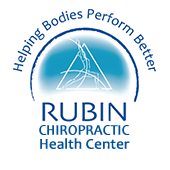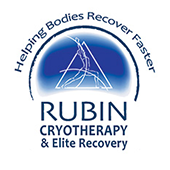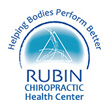Recurring pain easily treated using Active Release Technique
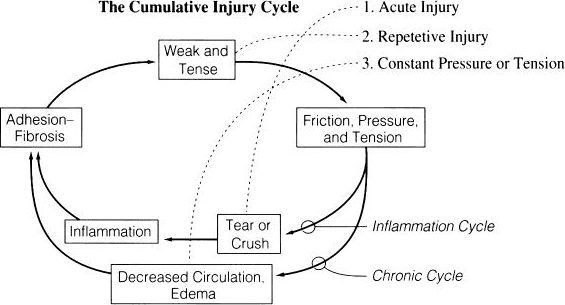
Active Release Technique Helps Your Body Heal Correctly

Here’s what happens without Active Release
- Scar tissue or adhesions allowed to build up will cause weakness in your muscles causing them to become shorter. The muscles when not allowed to lengthen will not be able to contract, which is painful and you won’t be able to do everyday task.
- This leads to a cycle of repeated injury and painful episodes where everyday movements become harder and harder. This repeated straining to move causes microscopic tearing when you stretch or use the muscles involved.
- Scar tissue doesn’t allow oxygen or blood to get to the muscles, ligaments and tendons. This loss of blood flow to the affected area will cause more tissue damage and inflammation, which causes constant pain in the affected area.
- Scar tissue also pinches the nerves in the affected area causing another source of pain and in many cases atrophy of the muscles, which can be disfiguring and cause more weakness.
- Scar tissue also disrupts the stabilizer muscles and this leads to an imbalance and altered motion of the joint. The unnatural movements you’re making to compensate for the pain is causing continuous strains and injury’s to the areas around the scar tissue.
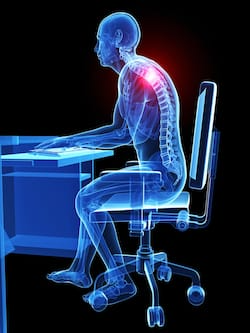
Repetitive Micro-trauma is extremely common
Micro-trauma Injuries are caused by repetitive tasks with small movements and little rest time between movements. Working in fixed postures for long periods of time and hard and forceful movements done over and over again are also good examples.
Signs of scar tissue accumulation
- Stiff joints, hands, knees and backs are signs of bursitis and problems with tendons
- If you’re experiencing pain, stiffness and pain in joints during exercise
- Loss of flexibility and losing your range of motion in otherwise easy movements
- Noticeable loss of muscle strength and endurance
- Tingling and numbness along your arms as with tendonitis


Active Release Technique Is The help You Need
What To Expect With Active Release Technique Treatments
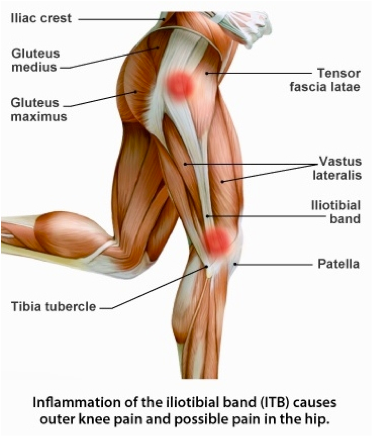
- Stiff joints, hands, knees and backs are signs of bursitis and problems with tendons
- If you’re experiencing pain, stiffness and pain in joints during exercise
- Loss of flexibility and losing your range of motion in otherwise easy movements
- Noticeable loss of muscle strength and endurance
- Tingling and numbness along your arms as with tendonitis
- Stiff joints, hands, knees and backs are signs of bursitis and problems with tendons
- If you’re experiencing pain, stiffness and pain in joints during exercise
- Loss of flexibility and losing your range of motion in otherwise easy movements
- Noticeable loss of muscle strength and endurance
- Tingling and numbness along your arms as with tendonitis
Is Active Release Technique Painful?
There may be some mild soreness and discomfort after treatments. Most patients begin feeling relief right away from the pain they have become used to living with for far to long. We’ll work with you to find a schedule that allows you to heal quickly, while not experiencing to much discomfort. As a rule, the professional athletes we treat receive ART treatments at least one or two times per month, while you might benefit from just one treatment monthly.
- Active release technique soft tissue manipulation breaks up scar tissue, which relieves pain.
- ART will improve your range of motion and give you more flexibility which relieves pain.
- When ART is performed by a trained Doctor in an office setting there is very little discomfort.
- Apply Ice to the areas of treatment for 20 minutes on and off. Dr Rubin will show you a range of stretches to help you heal.
- Gently stretch problem areas to work the areas of the muscles involved.
- Always drink plenty of water to help remove toxins that have built up in your body.
- Make sure you take the time to rest for at least an hour.
- Warm showers will relax your sore sore muscles after you rest.
- Calcium/Magnesium supplements will help. We have them in our store at the office.
Active Release Technique FAQS
What is Active Release Technique?
